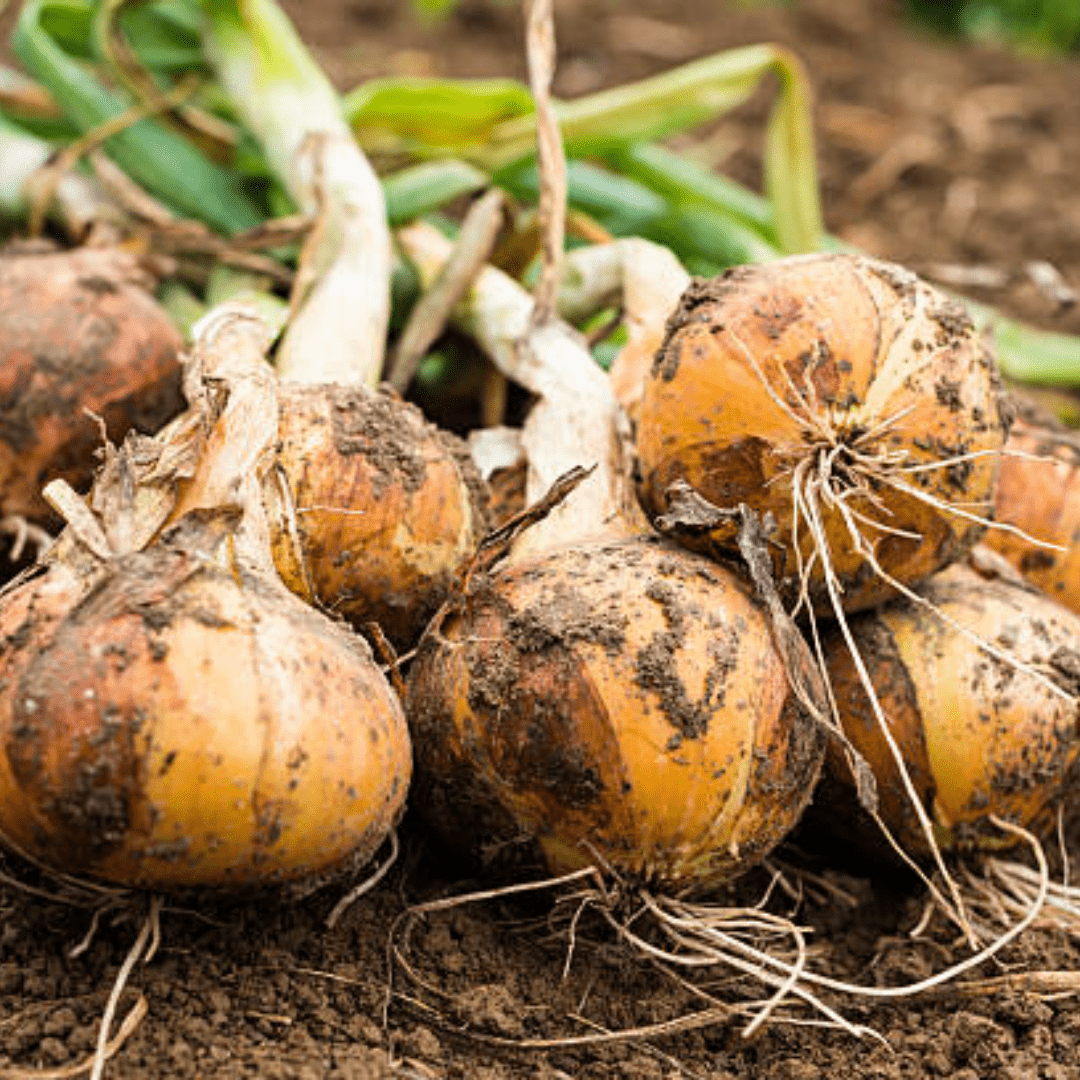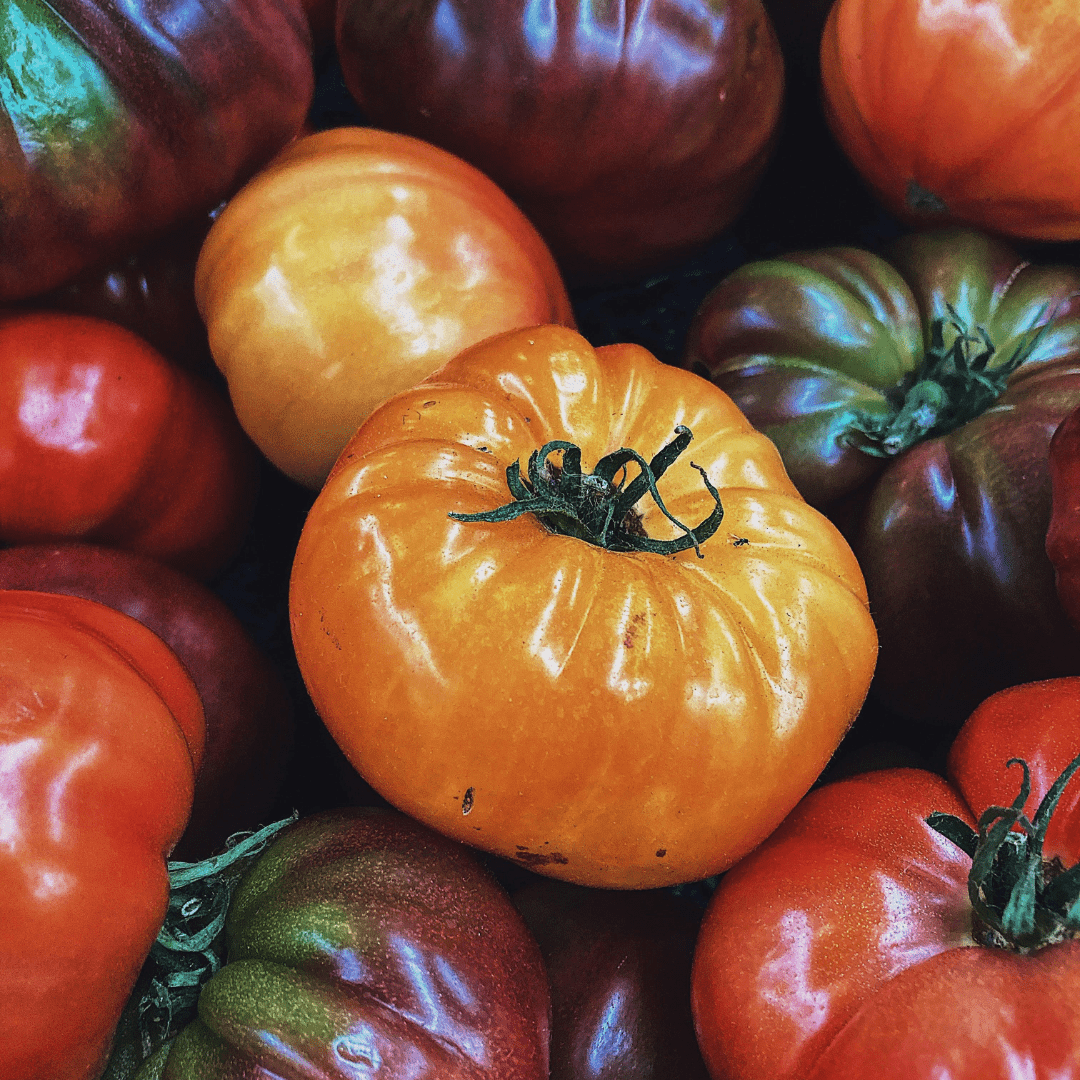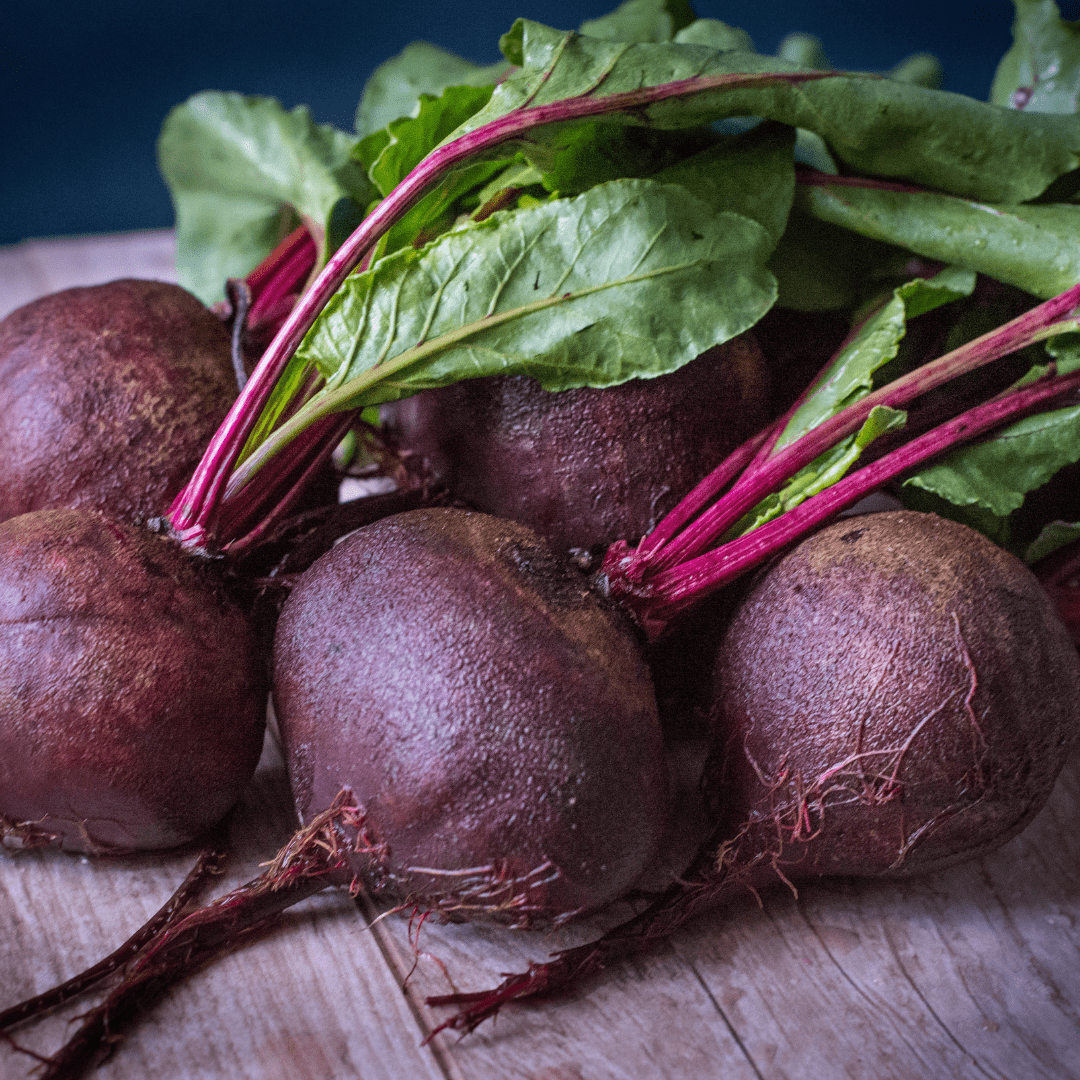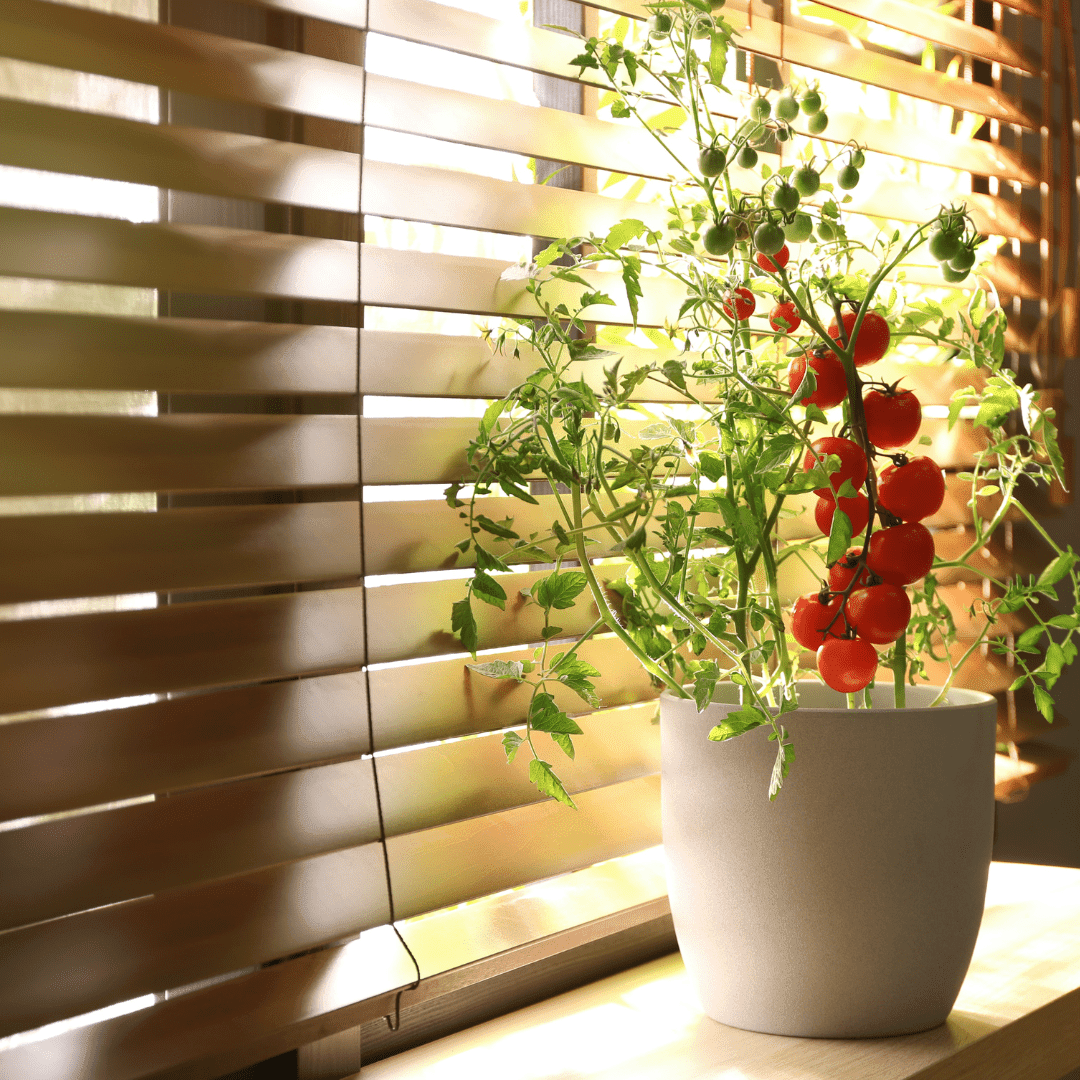How to grow onions.
- Introduction to Growing Onions for Storage
- Selecting the Right Onion Varieties for Storage
- Preparing the Soil and Planting Onions
- Proper Watering and Fertilization Techniques
- Managing Pests and Diseases In Onion Cultivation
- Harvesting and Curing Onions for Long-Term Storage
- Storing Onions Correctly to Ensure Freshness and Quality
- Tips for Maximizing Onion Storage Life
- How to Make and Can Balsamic Onion Jam! A Water Bath Canning Recipe!
- Conclusion
- Frequently Asked Questions
- Summary
Growing onions for storage is a rewarding and practical endeavor for any gardener or homesteader. By cultivating onions specifically with long-term storage in mind, you can ensure a fresh supply of this versatile vegetable throughout the year. This article will provide a comprehensive guide on how to grow onions for storage, covering essential aspects such as selecting the right onion varieties, preparing the soil, proper watering and fertilization techniques, managing pests and diseases, harvesting and curing methods, correct storage practices, and tips for maximizing onion storage life. Whether you have a large garden or a small backyard, mastering the art of growing onions for storage will allow you to enjoy their flavors and nutritional benefits well beyond the harvest season.
This is a pinnable post. Tap or hover over any image in this post to pin to your Pinterest Boards.

Introduction to Growing Onions for Storage
Understanding the Benefits of Growing Onions for Storage
If you’re a fan of onions, then you know that they can add flavor and depth to almost any dish. But did you know that growing onions for storage can take your culinary adventures to a whole new level? By growing your own onions, you can ensure a steady supply of these versatile bulbs throughout the year. No more last-minute trips to the grocery store for onions that have seen better days!
Choosing the Right Time to Plant Onions for Storage
Timing is everything when it comes to growing onions for storage. You want to plant them at the right time to ensure a bountiful harvest that will last you months. Ideally, onions should be planted in early spring or late fall, depending on your climate. This will give them plenty of time to grow and develop before you’re ready to store them away for later use.
Selecting the Right Onion Varieties for Storage
Understanding the Different Onion Varieties
Not all onions are created equal. There are various onion varieties to choose from, each with its own unique flavor profile and characteristics. From sweet and mild onions to pungent and bold ones, the choice is yours.
I live in Northern Utah and I grow the Utah Yellow Sweet Onion variety, which is a great heirloom storage variety. I absolutely adore yellow sweet Spanish onions because they bring a burst of flavor and sweetness to my dishes that is simply unmatched. These onions have a mild yet slightly tangy taste, which adds depth to any meal. Whether I’m caramelizing them to enhance the flavors in a French onion soup or sautéing them to top off sandwiches, their versatility allows for endless culinary possibilities. Not only do these onions provide an excellent base for countless recipes, but they also contribute vibrant color to my plate, giving it an inviting aesthetic appeal as well.
The Best Onion Varieties for Storage
Choosing the best storage onions to grow can depend on your location, climate, and personal preferences. However, some varieties are known for their excellent storage qualities and overall performance.
Here’s a list of some popular storage onion varieties:
- Yellow Globe Onions:
- Copra: Known for its excellent storage capabilities and resistance to bolting.
- Stuttgarter: A long-day onion with good storage potential.
- White Onions:
- Clear Dawn: A long-day variety with a mild flavor and good storage potential.
- White Sweet Spanish: Known for its large size and good storage life.
- Red Onions:
- Redwing: A long-day red onion with good storage qualities and a mild flavor.
- Red Bull: Offers good storage potential and a deep red color.
- Intermediate Day Onions:
- Candy: A popular intermediate-day variety with a sweet flavor and good storage life.
- Super Star: Known for its large size and good storage capabilities.
- Long Day Onions:
- Walla Walla: Renowned for its sweet flavor and good storage qualities, especially in milder climates.
- Cortland: A long-day variety with good size and storage potential.
- Hybrid Varieties:
- Conservor: A hybrid yellow onion with excellent storage potential.
- Red Candy Apple: A hybrid red onion with good storage capabilities.
- Storage Yellow Onions:
- Cabernet: A long-day variety with good storage potential and a rich flavor.
- Mars: Known for its good keeping quality and resistance to diseases.
Remember to consider your local climate and the number of daylight hours in your area (long-day vs. short-day onions) when choosing the right variety for your location. Additionally, proper curing and storage conditions are crucial for maximizing the shelf life of your harvested onions.
Considering Storage Characteristics When Choosing Onion Varieties
When selecting onion varieties for storage, it’s important to consider their storage characteristics. Some onions have a longer shelf life and are better suited for long-term storage, while others are best enjoyed fresh. Think about how you plan to use your onions and choose varieties that align with your storage needs.
Preparing the Soil and Planting Onions
Choosing the Ideal Location for Growing Onions
Onions may not be too picky, but they do appreciate a good home. Choose a sunny location in your garden or a container with well-drained soil. Onions don’t like to get their feet wet, so avoid areas prone to flooding.
Preparing the Soil for Onion Cultivation
Before planting your onion sets or seeds, it’s important to prepare the soil properly. Remove any weeds or debris and loosen the soil with a garden fork or tiller. Adding organic matter, such as compost, will provide essential nutrients and improve soil structure for healthier onion growth.
Planting Techniques for Successful Onion Growth
Planting onions is as easy as pie. Well, actually easier. Gently press onion sets or sow onion seeds into the prepared soil, following the spacing guidelines for your chosen variety. Cover them with a thin layer of soil and give them a good drink of water. Voila! Your onion journey has officially begun!
Proper Watering and Fertilization Techniques
Understanding the Watering Needs of Onions
Onions are pretty chill when it comes to water. They like to stay moist, but not drenched. Give them a deep watering once a week, allowing the soil to dry slightly between waterings. Just like you, onions appreciate a good balance.
Applying Fertilizers At the Right Time and In the Right Amounts
Fertilizing onions is like giving them a little boost in life. Start by applying a balanced fertilizer when you plant them, and then give them a light feeding every few weeks during their growing season. Just be careful not to overdo it, as too much fertilizer can lead to leafy growth instead of bulb development.
Managing Pests and Diseases In Onion Cultivation
Common Pests That Can Affect Onion Plants
Onions may be small, but they can still attract some unwanted visitors. Pests such as onion flies, thrips, and onion maggots can wreak havoc on your onion plants, causing stunted growth and damaged bulbs. Keep an eye out for these critters and take action if you spot them in your garden.
Effective Methods for Pest Control In Onion Cultivation
To keep these pesky pests at bay, consider using natural pest control methods. For example, planting marigolds or other aromatic herbs near your onions can deter certain pests. You can also make DIY insecticidal sprays using ingredients like garlic or neem oil. And if all else fails, consider using row covers to physically protect your onions from pests.
Tips for Growing Organically
I have written many posts to help you grow your food as organically and pest-free as possible so be sure to check them out!
- The Best Tips for Organic Gardening
- How to Release Ladybugs In Your Garden for Organic Pest Control
- The Best Garden Snail Control Strategies
- How to Grow Marigolds As Pest Control In Your Vegetable Garden
- How to Effectively Combat Powdery Mildew in Your Garden
Identifying and Treating Common Onion Diseases
Diseases like onion downy mildew and onion white rot can pose a threat to your precious onion crop. To identify these diseases, look out for yellowing leaves, stunted growth, or white fungal growth. To treat them, practice crop rotation, avoid overwatering, and remove any infected plants to prevent the spread of disease. Fungicides may also be used as a last resort, but always follow the instructions carefully.
Harvesting and Curing Onions for Long-Term Storage

Indicators of When Onions Are Ready for Harvest
Knowing when to harvest your onions is key to achieving optimal flavor and storage potential. When the onion tops start to yellow and flop over, it’s a good sign that they are ready to be harvested. Additionally, if the bulbs feel firm and the outer layers are papery, you’re good to go!
Proper Techniques for Harvesting Onions
When it’s time to harvest, gently loosen the soil around the bulbs and carefully lift them out of the ground. Be sure to handle them with care to avoid bruising or damaging the bulbs. Once harvested, it’s important to let them dry for a couple of weeks to properly cure. Do not allow them to get wet!
Curing Onions to Improve Their Storage Potential
Curing is the process of drying out your freshly harvested onions to extend their shelf life. To do this, spread them out in a well-ventilated, dry area, preferably with good airflow. Avoid direct sunlight as it can cause the onions to become sunburned. After a few weeks, the outer layers will become dry and papery, indicating that they are ready for storage.
Storing Onions Correctly to Ensure Freshness and Quality
Preparing Onions for Storage
Before storing, remove any excess dirt or debris from the onions. Trim the roots and cut off the tops, leaving about an inch of stem. Be careful not to cut too close to the bulb, as this can increase the risk of spoilage.
Choosing the Right Storage Conditions
Onions prefer cool, dry, and well-ventilated conditions for storage. Aim for a temperature between 32°F (0°C) and 40°F (4°C) with a relative humidity of around 65-70%. Avoid storing them near potatoes or other fruits and vegetables that release moisture, as this can cause premature rotting.
Best Storage Containers for Onions
To store your onions, opt for breathable containers such as mesh bags, paper sacks, or wooden crates. These allow proper air circulation, preventing moisture buildup and reducing the chances of mold or rot. Avoid using plastic bags or airtight containers, as these can trap moisture and accelerate spoilage.
Tips for Maximizing Onion Storage Life
Inspecting and Sorting Stored Onions
Regularly check your stored onions for any signs of spoilage or rot. Remove any onions that show signs of decay to prevent them from spreading to the rest of the batch. Additionally, sort your onions by size and use the larger ones first, as they tend to have a shorter storage life.
Proper Handling and Rotation of Stored Onions
When handling stored onions, always be gentle to avoid bruising or damaging the bulbs. Rotate your onions regularly to ensure even air circulation and prevent any onions from being squished or forgotten at the bottom of the pile. Using them in the order they were harvested can also help minimize waste.
Troubleshooting Storage Issues and Preventing Spoilage
If you notice any signs of spoilage or sprouting, it’s best to use the affected onions as soon as possible. Properly ventilate the storage area, adjust the temperature if necessary, and remove any bad onions promptly. Remember, prevention is key, so regularly monitoring the storage conditions can help catch any issues early on and prevent further spoilage.
How to Make and Can Balsamic Onion Jam! A Water Bath Canning Recipe!
Preserve your onion harvest further with this delicious and easy water bath canning recipe I wrote in my other post.
This versatile balsamic onion jam can elevate a variety of dishes, sandwiches, and burgers making it a delectable condiment! Get the recipe tutorial to preserve your own onion harvest!
Conclusion
In conclusion, growing onions for storage is a worthwhile investment of time and effort for any avid gardener. By following the guidelines outlined in this article, you can successfully cultivate onions that will remain fresh and flavorful for an extended period. From selecting the right varieties to implementing proper planting, care, and storage techniques, you can ensure a bountiful supply of onions throughout the year. So roll up your sleeves, get your hands in the soil, and enjoy the satisfaction of harvesting and storing your own homegrown onions for months to come. Happy onion growing!
Resources: Here are some helpful resources for further information.
- Storing Your Homegrown Onions for Winter – By Creative Vegetable Gardener
- Harvesting, Curing, and Storing Onions – By Grow a Good Life
- Curing and Storing Onions for 10 Months or More! – By Our Stoney Acres

Frequently Asked Questions
1. Can any onion variety be stored for long periods?
While most onion varieties can be stored for a few weeks, not all are suitable for long-term storage. It is important to select onion varieties specifically bred for storage to ensure optimal results. These varieties tend to have thicker skins and higher dry matter content, making them better equipped for extended storage.
2. How do I know when onions are ready for harvest?
Onions are ready for harvest when their tops start to yellow and fall over naturally. At this stage, the onion bulbs have reached their maximum size and have properly developed their flavor. It is crucial to avoid harvesting onions too early, as they may not store well and might lack the desired taste.
3. What are the ideal storage conditions for onions?
For maximum storage life, onions should be stored in a cool, dry, and well-ventilated area. The ideal temperature range for onion storage is between 32°F (0°C) and 40°F (4°C). Additionally, onions should be kept away from direct sunlight and stored separately from fruits, as the ethylene gas emitted by fruits can cause onions to spoil faster.
4. How long can onions be stored?
Under optimal storage conditions, well-cured and properly stored onions can be kept for several months. Some varieties, such as “Yellow Storage” and “Red Long Keeping,” have the potential to last even longer, up to 8-12 months. Regularly inspecting stored onions and removing any spoiled bulbs can help extend their overall storage life.
Summary
I hope I have inspired you to grow onions for storage in your pantry with these tips and products.
If you were encouraged by this post, I invite you to check out my FREE Printables Page for fun free printables, planners, and charts.
ENTER MY FREE Printables Page HERE
Here are some more of my gardening inspiration posts to check out!
How to Grow Garden Peas for a Bumper Crop
How to Grow Carrots for a Bountiful Harvest
Prep Your Garden for Spring Planting with These Expert Tips!
How to Grow a Prepper Garden to Survive and Thrive
The Best Garden Tools You Need for a Productive Season
Fastest Growing Vegetables for Your Survival Garden
How to Grow Marigolds As Pest Control In Your Vegetable Garden
Must-Have Tools for a Successful Balcony Vegetable Garden
How to Effectively Combat Powdery Mildew in Your Garden
The Best Tips for Organic Gardening
How to Release Ladybugs In Your Garden for Organic Pest Control
The Best Garden Snail Control Strategies
The Best Spring Vegetables to Grow in Your Garden
Seed Starter Mix: How To Make Your Organic Seed Starter Mix At Home
How to Grow a Productive Canning Garden
How to Plant and Grow a Salsa Garden
Easiest Heirloom Vegetable Seeds to Grow Now
How to Use the Hand Twist Claw Tiller: Tackling Tough Soil
Planning Your Garden: How to Plan a Vegetable Garden: Expert Green Thumb Tips!
Winterizing the Garden: How to Winterize Your Vegetable Garden: Step-by-Step Checklist
Mulching the Garden: How to Make Leaf Litter Mulch
Grow a Pumpkin Patch: How to Grow a Pumpkin Patch in Your Backyard
How to Grow a Fall Garden: 9 Best Fall Crops
Clever Ways to Incorporate Indoor Composting into Your Home
How to Start Composting for the Garden: A Step-by-Step Guide
The Ultimate Guide to Composting in Your Suburban Backyard
Why I Built A Survival Garden in My Backyard
16 Best Medicinal Herbs to Grow in Your Garden Now
Blessings,
The Off Grid Barefoot Girl







